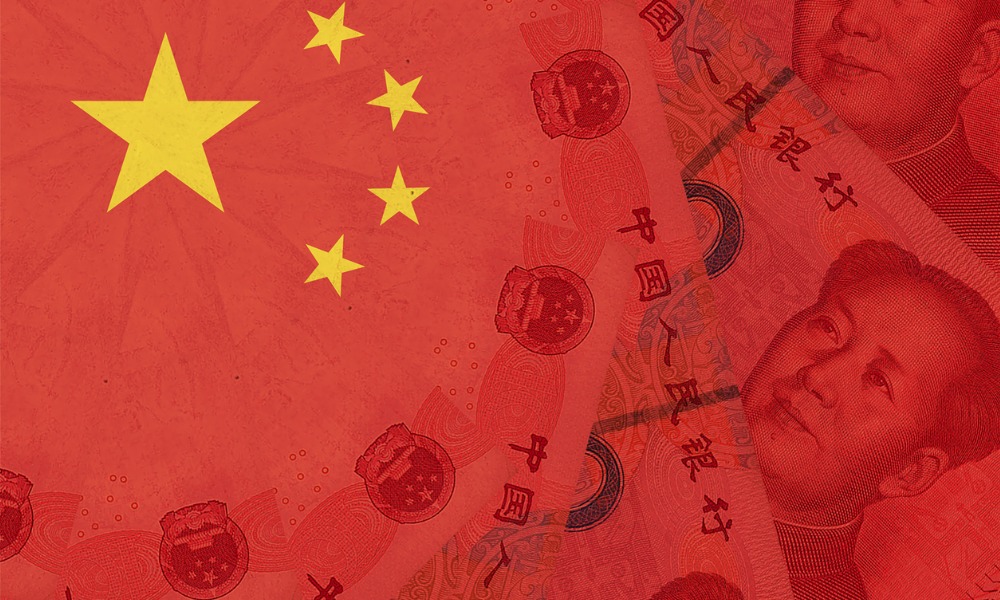China puts rate cuts on pause as it focuses on economic support, credit stability

China puts rate cuts on pause as it focuses on economic support, credit stability | Insurance Business Asia
Insurance News
China puts rate cuts on pause as it focuses on economic support, credit stability
The one-year loan prime rate remains at 3.45%
Insurance News
By
Abigail Adriatico
China may put a pause on its rate cuts as its policymakers consider other ways to support the economy as well as the stability of credit growth, as reported in an article by Bloomberg.
China’s commercial lenders maintained the benchmark lending rates. This included the five-year loan prime rate which was often used as reference for mortgages. This pause came with what was expected after the People’s Bank of China (PBOC) had kept its medium-term lending facility rate, which was a key policy rate, on hold.
In order to help economic recovery, policymakers and lenders have been cutting rates throughout the year. However, the room to continue on these cuts has become more limited as there continued to be pressures on the yuan and capital outflows, narrowing profit margins in banks, and a rise in time deposits pushing up lenders’ costs.
According to Bruce Pang, the chief economist for Greater China at Jones Lang LaSalle Inc., there was barely any room for further lowering of LPRs because of the previous reductions in mortgage and other loan rates.
“Coordinating credit extension pace and stepping up credit support to targeted sectors is a better way to expand domestic demand and lift confidence,” he said.
Attempts to stabilize credit growth
PBOC and other financial regulators had told the biggest lenders and asset managers in the country to meet all the “reasonable” funding needs from property firms which made the shift in focus much clearer. They further said that banks should be coordinating credit growth as the stable expansion of credit can help boost the state of the economy.
China’s one-year loan prime rate remained at 3.45% while the five-year rate stood still at 4.2%. The ten-year government bond yields saw little change at 2.66%.
The PBOC had also taken other methods to support the economy such as pumping the most cash into the financial system as its one-year policy rate remained unchanged. This was done in order to meet the liquidity requirements that were needed due to Beijing’s moves to support the economy through the unusual sale of sovereign bonds.
“Quantitative measures – liquidity injections – are still preferred over outright interest rate cuts to stimulate economic activities. With the earlier outsized MLF operations, the authorities may adopt a wait-and-see approach for now regarding further liquidity releases, but a [reserve requirement ratio] cut is still possible,” said Frances Cheung, a rates strategist at Oversea-Chinese Banking Corporation.
The reserve requirement ratio (RRR) determined the amount of cash that lenders needed to keep within the reserve. Because of the outsized cash injection, it was unclear whether the central bank will be cutting the RRR for banks before the year ends.
Economists from Citigroup Inc. believed that the move to pause the medium-term lending facility rate may mean that the RRR cut will be delayed until next year.
What can you say about this story? Share your thoughts in the comments below.
Related Stories
Keep up with the latest news and events
Join our mailing list, it’s free!






